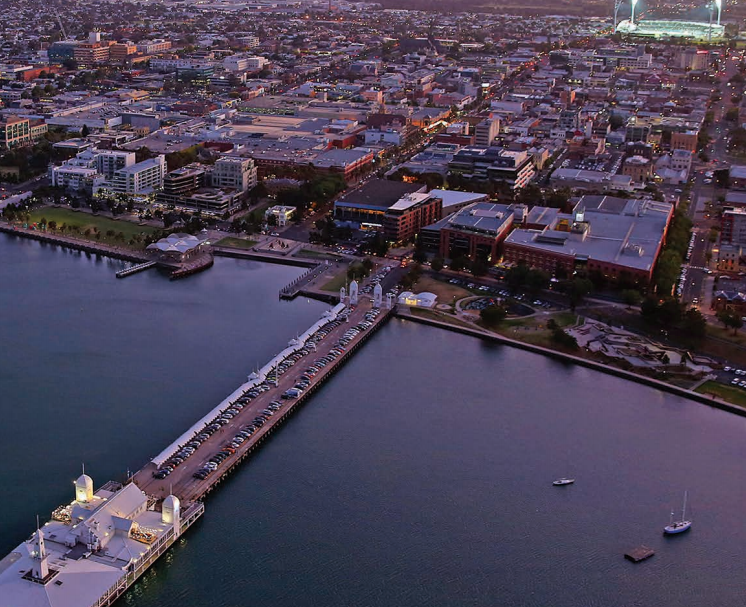
Geelong has long been known as a city with a great lifestyle that rivals Melbourne and the capability to attract a significant number of people. In 2013, Geelong was identified as a growth area in the state government’s G21 Regional Growth Plan. Since that time, an additional 20,000 people call Geelong home, although the average annual population growth rate is 1.5 percent, less than half of Melbourne’s.
The City of Greater Geelong has recently released framework plans for two large areas to the north and west of the city with the aim of accelerating population growth to accommodate up to 112,000 new residents within the coming decades.
These areas are currently within large tracts of land in farming zones and there will need to be extensive infrastructure works to provide the road, public transport and services needed. The framework plan gives an indication of the proposed road and public transport network and we note that the western growth area will be connected to the Geelong-Ballarat railway line.
Out of the 5,331 hectares within the growth areas, 294 hectares are currently being planned for employment. Whilst this may seem like a small proportion, our back-of-the-envelope analysis based on a worker density study by University of New South Wales indicates it has the capability of providing enough jobs for all of these new residents.
The framework plan looks impressive and we are interested to see the finer detail in the coming months.
It is anticipated that the plan will be available for public comment in 2022.

More info: Northern and Western Geelong Growth Areas Project - City of Greater Geelong (geelongaustralia.com.au)
Latest Projects
|
O'Loughlan Street, ORMOND Heritage |
|
Bank Street, SOUTH MELBOURNE Single Dwelling |
Latest Blog
|
Regional Sprawl: Ballarat Case Study |
|
Melbourne Population Decline |
